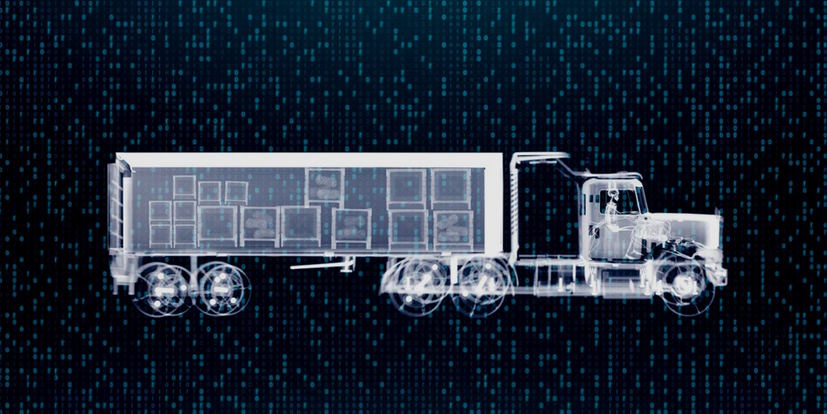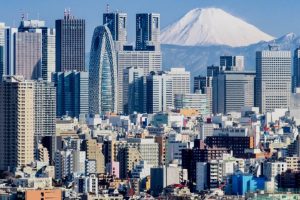Do you ever wish you had a better way to plan your train journeys? With the emergence of digital technology, that wish is now an achievable reality. More and more companies are creating comprehensive digital wanderlust planner tools, bringing convenient one-stop transit routes directly to your fingertips. Combining customer data analysis with personalized travel assistance from A.I.-powered chatbots, these revolutionary smart route planners can help make planning your next trip much easier than ever!
Digital S-Bahn Hamburg
Germany’s first automated railway is located in Hamburg. The first converted trains were presented in October 2021 at the ITS Congress. Fully automatic digitally controlled trains follow a route specially designed for this purpose. The trains mostly run independently, with the driver intervening only in case of breakdowns. Use on other routes is planned, and the Hamburg model could become the basis for similar projects in other cities.
The new digital S-Bahn trains use less energy and can carry more passengers. This project results from a collaboration between the Hanseatic City of Hamburg, Deutsche Bahn, and Siemens Mobility.
The project demonstrates how digital technology can increase efficiency, reduce costs, and improve safety in public transport. The train’s route is always optimized for maximum energy efficiency by using advanced navigation systems and sensors. The system also helps manage traffic flow on the railway network; it prevents congestion and trains from overlapping.

Digital train systems are an integral part of Hamburg’s transport infrastructure and are also being used in other German cities. In Berlin, the smart route planner TrafficHub helps commuters plan their journeys quickly and easily. It combines data from all forms of public transport – including buses, U-Bahn, S-Bahn, regional trains, and ferries – in one searchable system.
Efficient truck navigation
Germany is a transit country in Europe, meaning there are many trucks on the roads. But not every route can be used by trucks. For example, sometimes the bridge is too low, or the street is too narrow. If we know additional route information in advance, we can avoid unexpected congestion caused by trucks. The SEVAS project proposes a system where municipalities can enter relevant data, like bridge height and truck priority routes. Then map producers and navigation service providers can use this data to help truck drivers plan their routes. It will help prevent traffic jams, reduce emissions and make the roads safer.
The increasing use of digital planning tools for train journeys shows that digital technology is transforming our travel. Smart route planners make planning and finding efficient connections easier with minimal effort. Furthermore, these systems can help reduce overall energy consumption in public transport, making our cities more sustainable.
The future of digital train journeys looks bright, with plenty more possibilities to come! With the right resources and technology, we can build a smarter and greener public transport system that will benefit us all.








